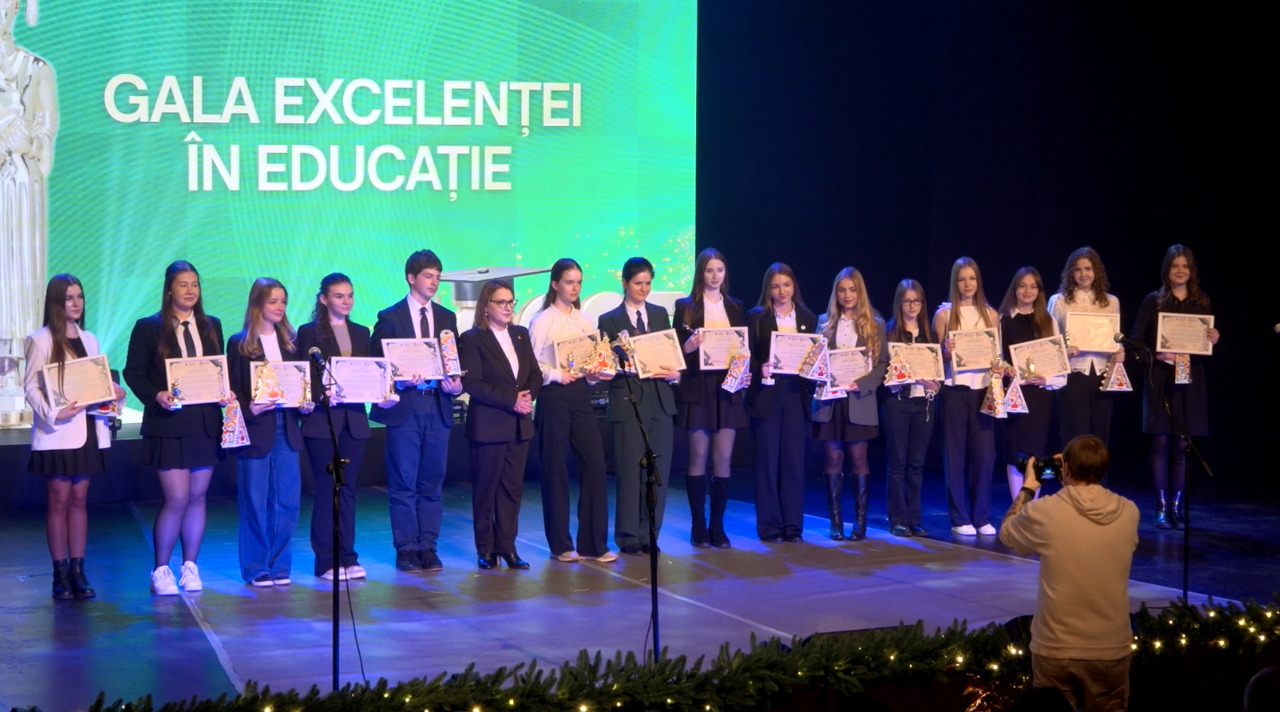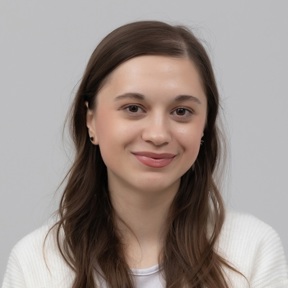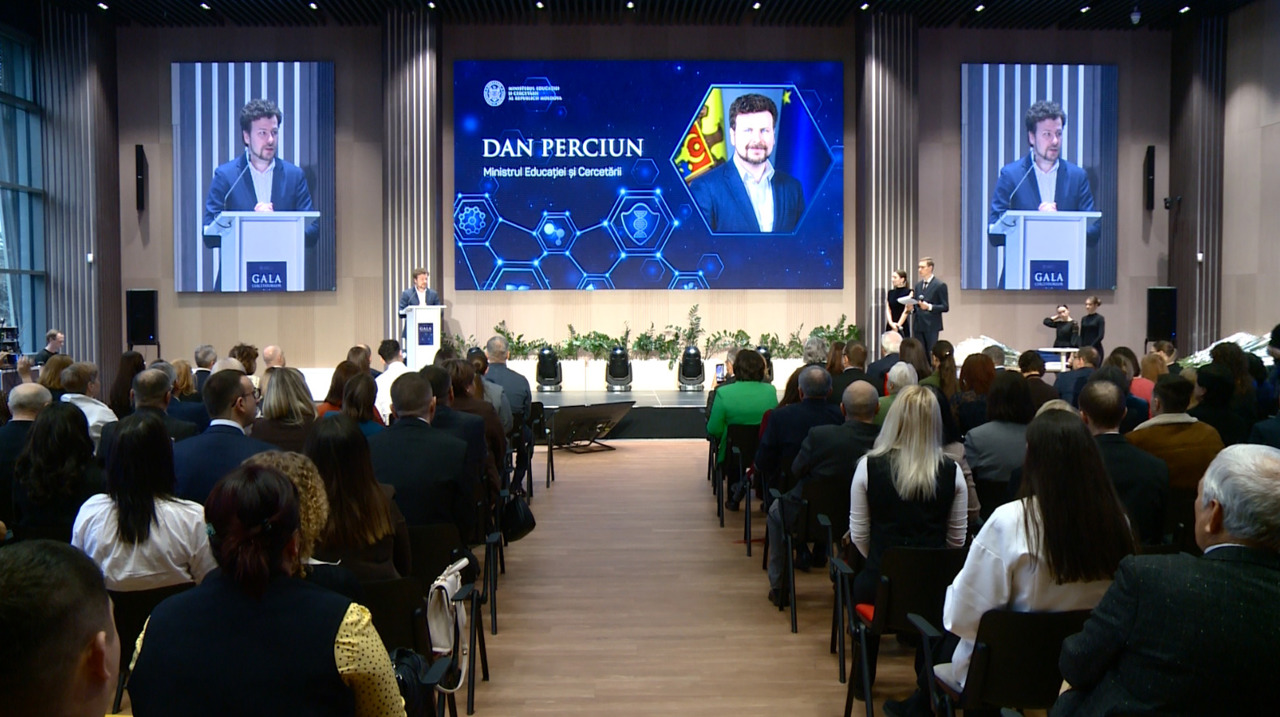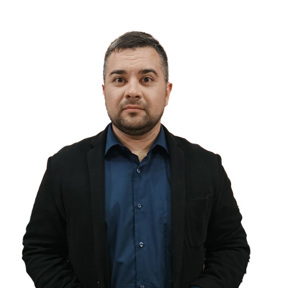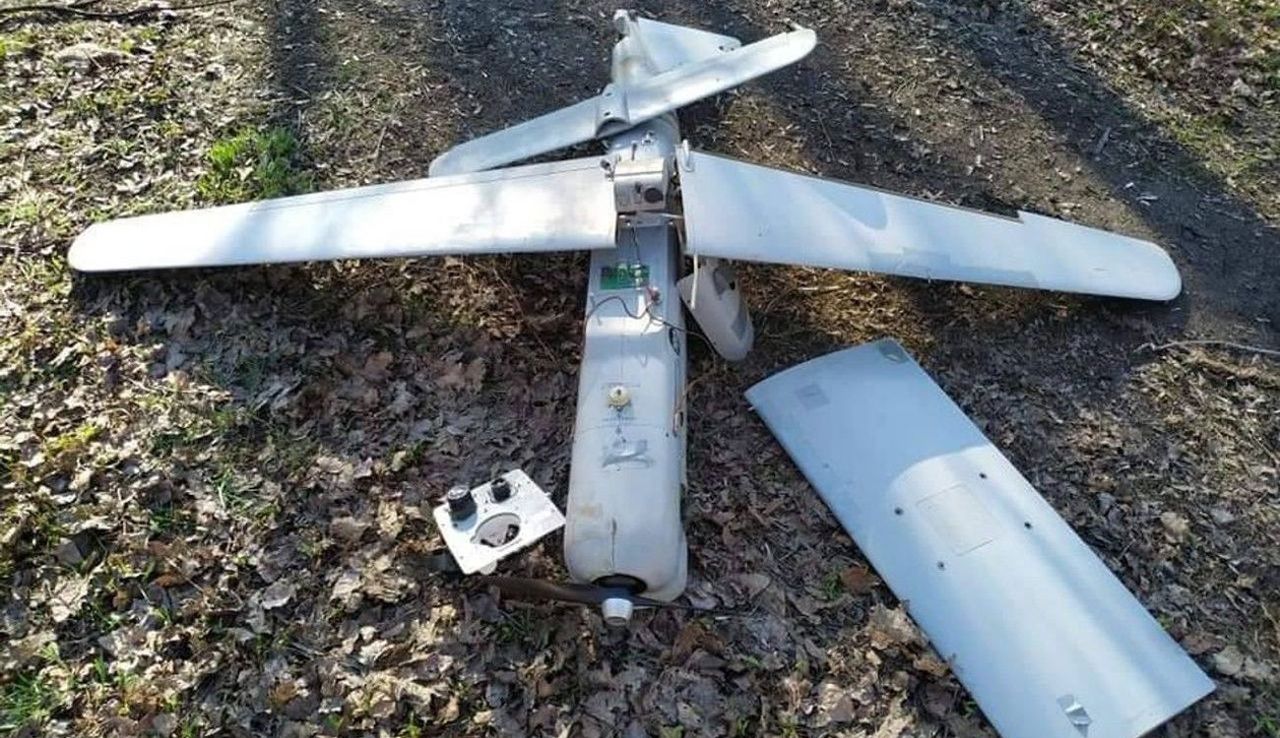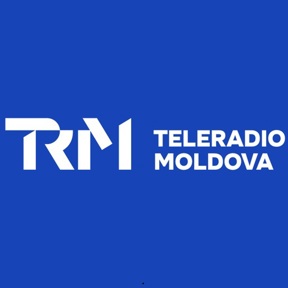Russia eyes NATO split as Ukraine zones plan emerges
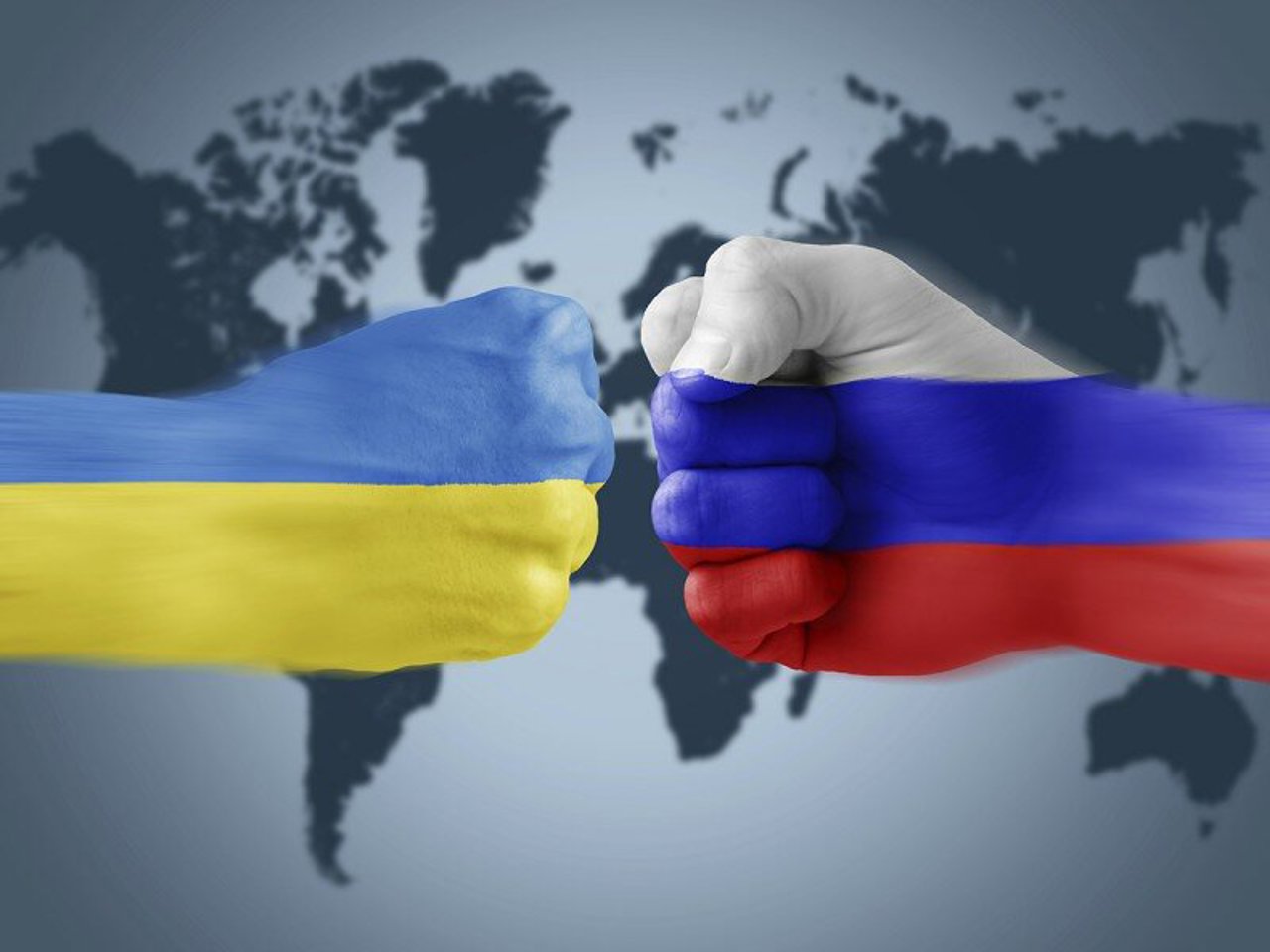
Russia is capitalizing on U.S. hesitation, which oscillates between a desire for peace and the harsh realities of global power dynamics.
Romanian political analyst Cristian Pîrvulescu warns of a possible shift in Western strategy toward Ukraine, referencing a NATO-discussed proposal to divide Ukrainian territory into zones of control. Meanwhile, Black Sea affairs expert Mihai Isac notes that the potential deployment of European troops to Ukraine—outside NATO's formal framework—signals a reconfiguration of the continent’s security architecture. These perspectives were shared on Moldova 1’s In Context program.
According to Pîrvulescu, recent NATO talks included discussion of a post-war German-style division of Ukraine. “This concept has been in development for some time and stems from a statement by President Emmanuel Macron. On April 10, a NATO formula was proposed that could involve French and British forces being deployed in Ukraine.”
The analyst also stressed that without a genuine ceasefire, negotiations remain stalled. “We need peace and a truce, which so far has proven elusive. Putin categorically refuses,” he said. In his view, the U.S. is caught between its aspiration for stability and the need to maintain its geopolitical stance. “The U.S. wants peace, even with compromises—something Russia doesn’t seem to accept.”
Pîrvulescu also raised concerns about a potential ideological alignment. “Donald Trump appears to want to reshape the global political order alongside Vladimir Putin. If the president of the world’s largest democracy is willing to meet with a war criminal, things are heading in a deeply troubling direction. Russia is relying heavily on delays, hoping for substantial gains on the battlefield. Economically, it wants the war to end—but only on Putin’s terms.”
Black Sea expert Mihai Isac added that we may be witnessing the beginning of a new strategy that could transform the security order in Europe. He suggested that troops deployed to Ukraine would likely include not only French and British forces but also a broader coalition—France, the United Kingdom, Denmark, and the Netherlands—all with extensive international experience. Meanwhile, the U.S. would continue to play a vital role in logistics and intelligence.
Regarding the prospects for a peace agreement, Isac remained skeptical. “We won’t see peace anytime soon. We may be looking at a Korean-style scenario—a frozen conflict with no formal peace treaty. Perhaps a lesson in history is needed for whoever now holds the levers of power in the White House,” he added.
In Context also reported that U.S. Secretary of State Marco Rubio and President Donald Trump’s special envoy, Steve Witkoff, met in Paris with French President Emmanuel Macron to discuss the war in Ukraine. Several senior Ukrainian officials were also present. The Kremlin, however, stated it has no expectations that these talks will lead to meaningful progress in negotiations.
While diplomatic channels between Russia and the U.S. remain open—Putin’s special envoy recently visited Washington—Russia and Ukraine continue to exchange fire. Trump has expressed frustration with the lack of progress in negotiations, which he initiated directly with Russia, excluding European partners.
Meanwhile, the U.S. and Ukraine signed a memorandum of intent, laying the groundwork for a future bilateral agreement on the exploitation of Ukraine’s mineral resources.
Translation by Iurie Tataru
